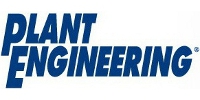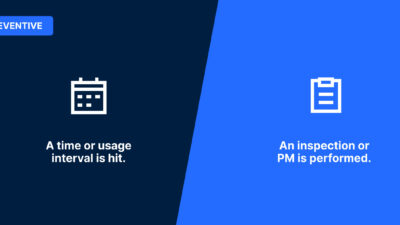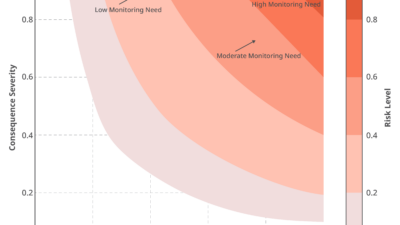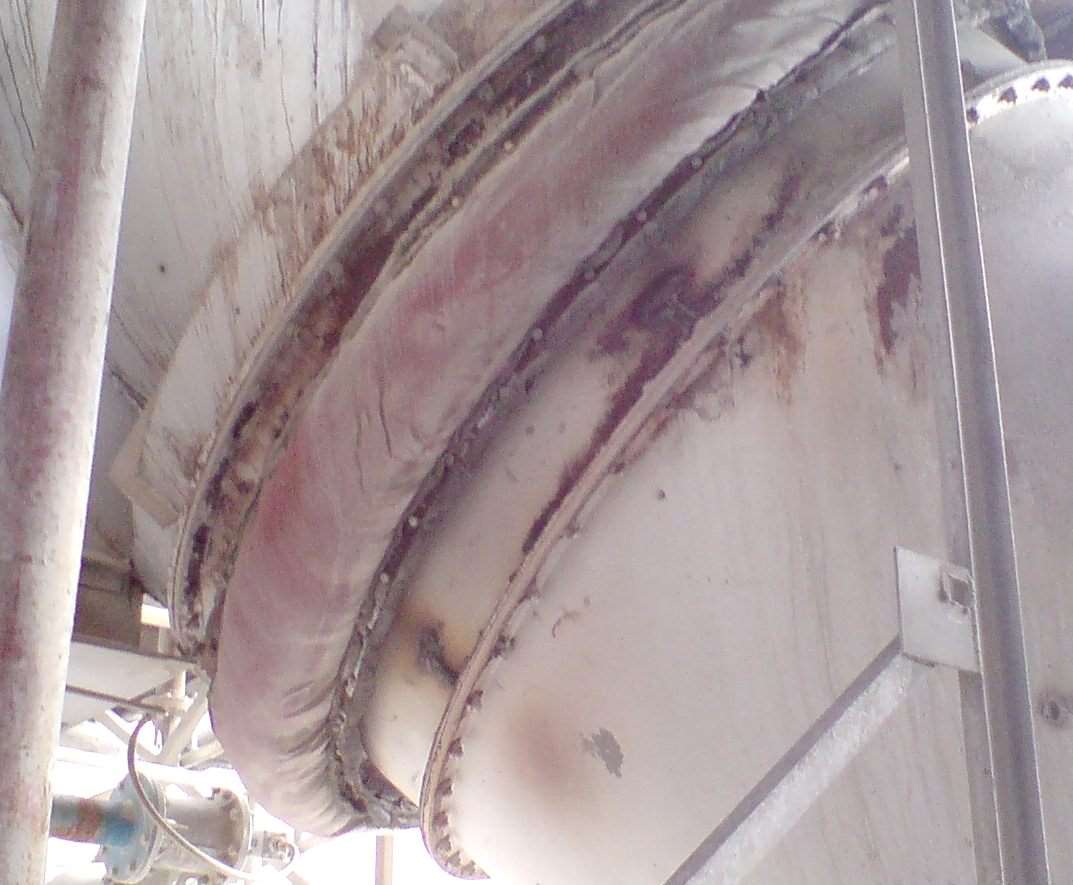Evaluate the equipment’s effectiveness by how it’s doing, not how old it is

Since the dawn of the mechanical revolution, companies have been searching for ways to manufacture more for less. In the past 20 years companies have shifted from the “more is better” concept to “how can we be more profitable with what we have?” How can we reduce costly downtime losses and increase the profitability of the manufactured product? One fact that cannot be avoided with manufacturing machines, assembly lines, production equipment and tools is the need to be maintained in order to remain in good working condition.
In the beginning, there were preventive maintenance (PM). And PMs were good. Every week, month or year, a task was put into place that would improve the longevity of the machine, reduce the likelihood of a failure, and result in fewer money-grabbing breakdowns. Sounds great, right? But those regular, scheduled PMs come with a price tag of their own. Each time a task is performed, such as a filter changed, a pump or motor overhauled, or bearings lubricated, money is spent on replacement components, man hours, and often done during the available production time to perform the actions.
Predictive Maintenance (PdM) is a step up on the maintenance pyramid from preventive maintenance toward improved efficiency. Within the PdM strategy is the practice of Condition Based Maintenance (CBM). The concept here is to look, listen and feel the machines to know what needs to have service work and when. This does not mean wait until it breaks and fix it. What it does mean is to collect data while the equipment is running, establish threshold limits either from OEM information, vendors, or best practices, and schedule the maintenance activities accordingly.
By doing so you will keep your finger on the pulse of the equipment and allow the maintenance staff to make sound judgments on when and what needs to be done. Now you are doing filter changes when the data says they need to be changed. Now pumps or motors are overhauled based on performance criteria and bearings are lubricated based on duty cycle. More advanced phases of CBM may warrant use of specialized predictive tools such as tribology, thermography and vibration monitoring. But don’t let those big words and expensive technologies get in the way of a basic CBM program.
Changing from a task-based PM program to a CBM program may be easier than you think. Many companies are bound to schedules. People like schedules because they help them to know when and where they should be. The key is to alter the task of the PM. Keep the PM but change it from performing the costly task into a simple inspection. Instead of changing a filter just because it is the first of the month, record the filter differential pressure gauge value and compare it to an established acceptable limit. That monthly filter change might not need to be changed for another two or three months.
Finding the key indicators that are linked to machine failures becomes intriguing. Once you establish a few key point indicators that identify preventive maintenance tasks, you cannot help yourself from looking for more. Simple temperature measurements or electrical current monitoring are easy ways to identify service-related events.
Using CBM strategy is a easy way to convert from time-based to counter-based maintenance. With this technique, where applicable, you can keep the maintenance costs aligned with the production cost (especially in cases of production slow-down). Look for ways to count machine cycles while it is actually running, or an hour meter correlated to a laser flash lamp.
Add a pneumatic counter to a cylinder stroke and you have instant base intervals to establish a CBM process. Record those intervals and the applicable data in your company’s CMMS system or even a log book if that is all you have. Set limits for how much is enough before performing a specific PM task.
In no time, you will transition from a task-based PM program to an inspection-based program utilizing CBM practice to identify what needs to be scheduled and which tasks are not yet ready to be performed. Changing from a task-based PM program to a CBM program will enable you to maintain your equipment in good working condition with fewer disruptions and at a lower cost.
Monroe Blanton is a reliability technician with Life Cycle Engineering (LCE). Monroe has more than 33 years of experience in engineering installations, maintenance and repair. You can reach Monroe at [email protected].



